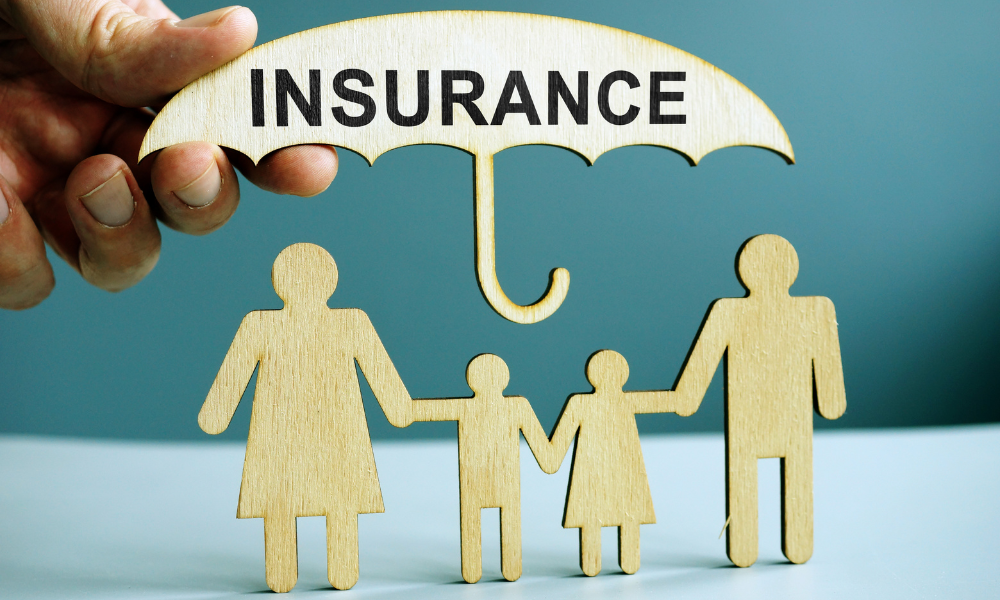Disability VS Critical Illness Insurance, what's the difference?
Understanding how each type of insurance works

Often, people confuse or do not understand the differences between disability and critical illness coverage or they use it interchangeably. When asking a client about critical illness insurance, I have heard several times "I already have disability insurance". So to learn about what is type of coverage is, what it covers and how it works, let's explore each type of insurance.
What is disability insurance?
Disability insurance is a type of policy that protects someone from a loss of income due to sickness or injury. In other words, it is insurance that pays you if you are unable to work
due to an injury or illness. Disability is paid out as a monthly benefit
, which represents a percentage of your income.
The key determining factor at the time of a claim is whether you are able to work or not. Disability insurance is less concerned with "what you have"
and more concerned with "can you work"
. The reason behind this is because having a particular condition or injury may only prevent you from working depending on the type of occupation that you have.
For example, let's compare the following two occupations, a mail courier and a software developer. A courir has to rely on their ability to drive and also involves a lot of walking. On the other hand, a software developer might spend 95% of their time sitting on a desk using a computer.
So let's assume they both have an accident in which they lose the use of their legs. In the case of the mail courir, they would be considered disabled because the inability to walk and drive prevents them from performing the main duties of their occupation. On the other hand, because the software developer just needs to sit and work on a computer, the injury they sustained would not prevent them from performing the duties of their regular occupation.
Different conditions or injuries can affect different occupations in many different ways, therefore, just "having something"
would not automatically mean that someone would qualify for disability insurance. Of course, there is one exception with something called presumptive disability
. Presumptive disability means that the company will assume that you are disabled, and pay a full benefit, regardless of your ability to work if you lose any of the following: sight in both eyes, hearing in both ears, use of two limbs.
Another aspect of disability insurance is that the amount of coverage a person would qualify for is based on their proven income
. Normally if a person is not working, for example a stay-at-home parent, would not be able to When underwriting a new policy, a life insurance company would not allow a person to get more than they can qualify for.
The maximum amount of coverage usually works out to be about 85% of the after-tax income of the person.
One more thing about disability insurance is that most plans offer coverage only until per insured person reaches the age of 65 and continues to work.
What is critical illness insurance?
Critical Illness insurance is a type of policy that protects some if they are diagnosed with one of the 25 listed conditions
, with the four making up 90% of claims being cancer, heart attack, stoke or coronary bypass surgery. Critical illness benefit is paid out as a lump sum.
Critical illness insurance is not concerned about the employment situation of an individual, but rather with "what you have"
being one of the 25 listed conditions. Critical illness insurance benefits are paid out strictly on your diagnosis even if you never stop working.
For example, a person who purchased a $50,000 critical illness insurance policy, would receive a tax-free lump sum payment of $50,000 if they were diagnosed with cancer.
Critical illness insurance is not concerned about how much income someone makes. So even a stay-at-home parent or child can qualify and claim for critical illness insurance.
Since we have universal healthcare in Canada, you probably wonder why someone would need critical illness protection.
Critical illness protection allows someone to cover the gap for expenses that might not be covered by healthcare. For example, expensive drugs or home modifications required because of a diagnosis. However, where critical illness really fits in, is in the flexibility that it provides. Once receiving a lump sum payment, the insured person can use the funds to make a lump sum payment of their debts, or use the funds to cover the income of a significant other or family member if they need to take time off work to take care of the sick person.
Final comparison
Both disability and critical illness insurance, protect the insured person under different circumstances. It is important to understand your specific situation to assess which combination of coverage is better for you.
| Disability Insurance | Critical Illness Insurance | |
|---|---|---|
| Benefit | Paid monthly | Lump sum |
| Coverage | Based on a % of income | $5,000 to $2,000,0000 |
| Required to work | Yes | No |
| Ages Available | 18-64 | 0-65 |
| Coverage length | Usually up to age 65, some policies might extend to age 70 if the person continues to work | Available from as little as a 10-year term to lifetime coverage |
| Condition for to make claim | Unable to work on regular occupation | Diagnosed with a listed condition |
| Condition to maitain claim | Must continually be reassessed to ensure person meets disability condition | None. Once benefit is paid out, policy lapses. |









